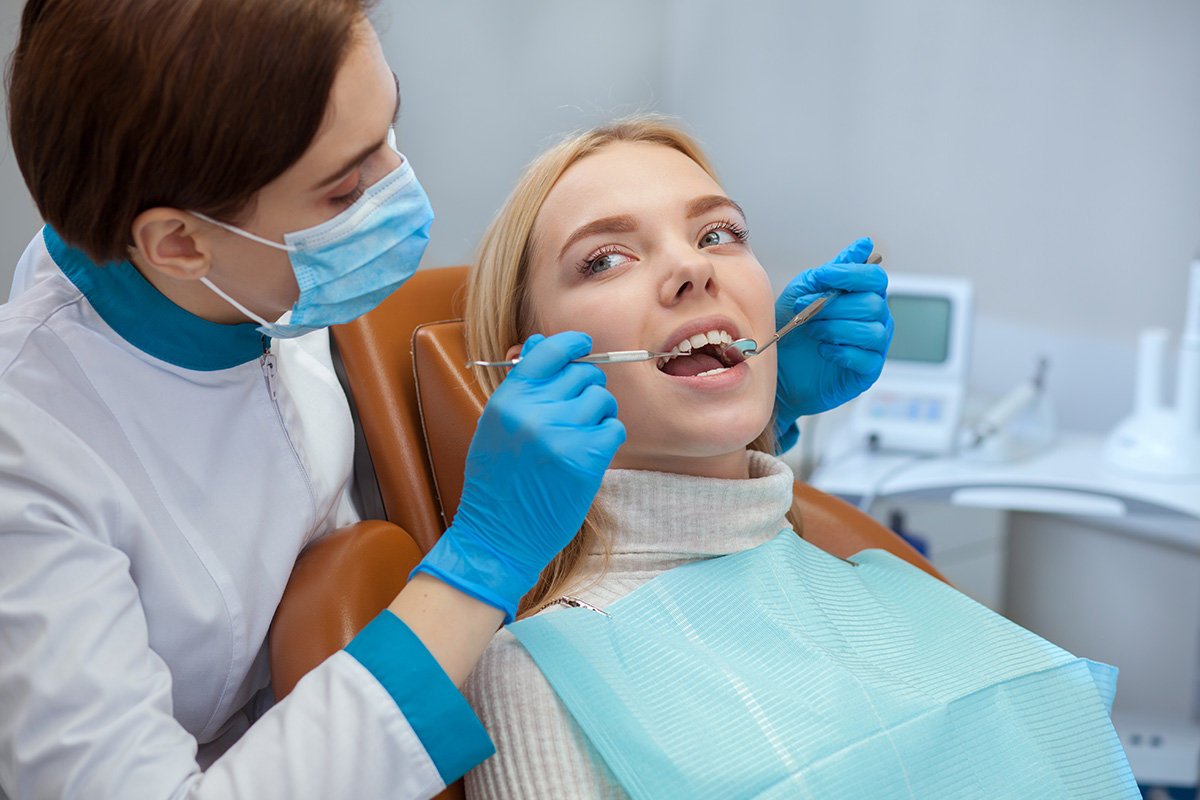Taking The Stress Out of Oral Surgery with Sleep Dentistry

Modern oral surgery is painless and low risk when choosing a skilled dentist, such as Dr. Roya Shoffet-Yaghoubian at Royal Dental Practice in West Hills Los Angeles, California. While painless and low risk, some procedures are rather lengthy, making it difficult for some patients to sit in the chair for extended amounts of time. For other patients, the idea of oral surgery can trigger dental fear and anxiety.
What Is Sleep Dentistry?
While typically referring to IV sedation, there are milder forms of dental sedation. At Royal Dental Practice, in addition to IV sedation, Dr. Shoffet also offers general anesthesia. General anesthesia puts the patient completely under. This form of anesthesia is administered by a licensed professional who closely monitors the amount of sedative being provided that is safe for the patient. Our expert anesthesiologist team is here to answer any questions you may have about the process.
What Is Oral Surgery?
We provide surgical treatments for both restorative and cosmetic purposes, including some of these very common procedures:
- Wisdom tooth extraction
- Other complex tooth extractions
- Bone grafting
- Gum contouring
- Dental implant placement
How Sedation Changes the Patient Experience
For some patients, sitting still for long appointments can become troublesome. While sedatives can help relax both the mind and body, allowing treatment to become a more comfortable and less stressful experience, IV sedation is an excellent option for those with Alzheimer’s or dementia. These patients, in particular, can become confused or disoriented, even frightened, during a procedure. Still, for others, holding your mouth open for extended periods of time can become pretty uncomfortable. Our sedation options are meant to relax and calm your body and mind, allowing a better overall experience.
Choose A Dentist Who Is Committed to Meeting Your Needs
Dr. Shoffet has extensive experience working with elderly patients, Alzheimer’s and dementia patients, disabled patients, and those suffering from extreme dental fear.
No matter what your specific needs or concerns are, you can count on the compassion and skill of Dr. Shoffet and her team. Call us at (818) 334-6655 to get started.












